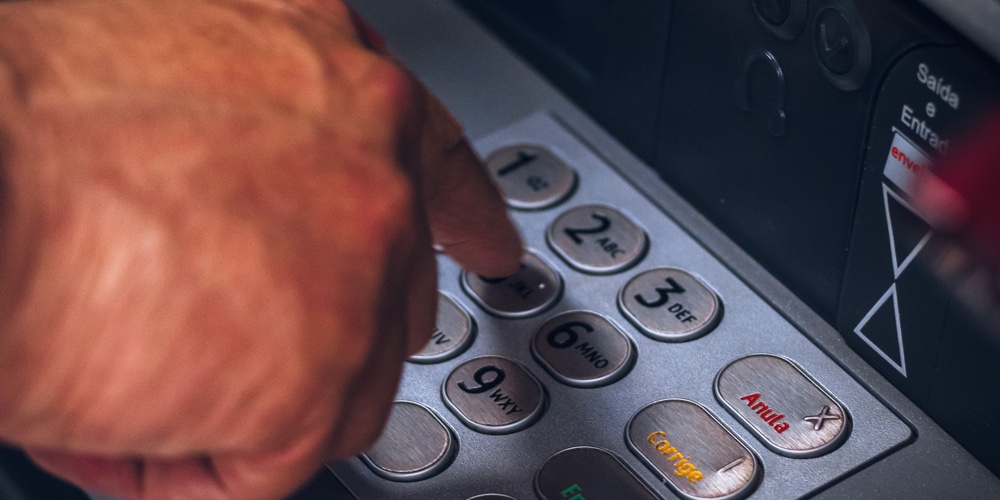Why ITMs fail (and how to make them successful)
Financial institutions are modernizing their physical branches to enhance their brand and incorporate technology. Adding interactive teller machines (ITMs) is on the table alongside improved aesthetics, glass walls, open floor plans, teller pods, and cash recyclers, but how does new technology account holder relationships and increased revenue?

Over the years, Apple’s retail hubs have become more than just another store: It’s an experience so central to the brand that it is a product of its own. That modern aesthetic, intuitive technology and knowledgeable staff now influence consumer expectations at bank and credit union branches across the country. How should institutions respond?
It’s clear what made Apple stores successful, but it’s much harder to explain why they so outcompeted competitors. If you visited the Mall of America near Minneapolis in 2015, for example, you’d see a Microsoft store across the hall from an Apple store. Open spaces with glass walls, tables filled with state-of-the-art tech and staff standing ready to show it all to you.
Yet, we know Apple stores boomed and Microsoft permanently closed most of its retail locations in 2020. Both had a modern aesthetic, prime location, and the latest tech, but not the same outcome.
Apple’s success suggests people appreciate its stores. But the Apple-Microsoft faceoff suggests banking executives should look even deeper. What makes a modern branch filled with new technology (such as ITMs), or new design elements (such as teller pods) more successful than another?
continue reading »




